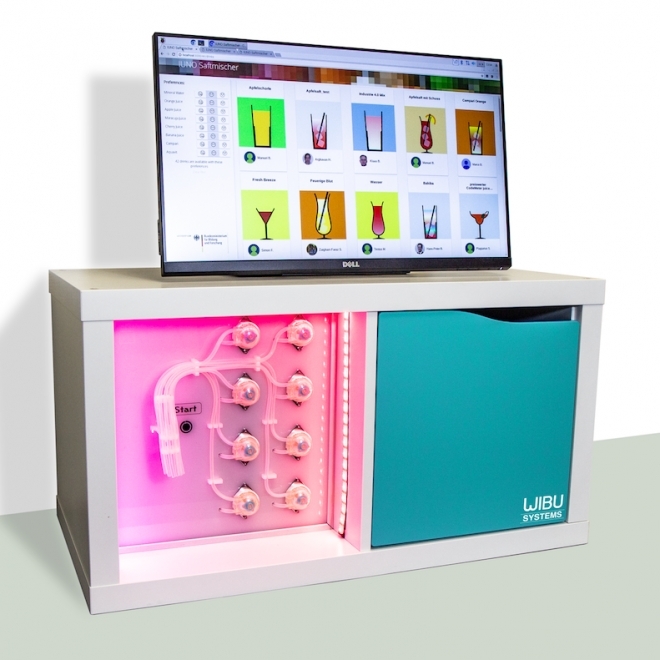Overview
 |
Tamper Detection |
Applicable Industries
Applicable Functions
Case Studies
Business Viewpoint
|
Asset Protection: Businesses invest in tamper detection technology to protect valuable assets, including equipment, machinery, and electronic devices, from unauthorized access, theft, or sabotage. Tamper detection mechanisms, such as seals, locks, and intrusion sensors, help deter tampering and unauthorized use of assets. Compliance Requirements: In regulated industries, such as healthcare, finance, and aerospace, businesses are required to comply with strict security and compliance standards to safeguard sensitive data and assets. Tamper detection systems ensure compliance with regulatory requirements by providing evidence of tampering or unauthorized access. Brand Reputation: Maintaining a strong brand reputation is essential for businesses to build trust and credibility with customers, partners, and stakeholders. Implementing tamper detection measures demonstrates a commitment to security and reliability, enhancing brand reputation and customer confidence in the company's products and services. |
Stakeholder Viewpoint
|
Customers: Customers expect the products they purchase to be genuine, safe, and free from tampering or unauthorized alterations. Tamper detection features, such as tamper-evident packaging or anti-counterfeiting measures, reassure customers about the authenticity and integrity of the products they buy, enhancing trust and loyalty. Suppliers and Partners: Suppliers and business partners rely on tamper detection systems to ensure the security and integrity of their supply chains. By implementing tamper detection measures, businesses can mitigate the risk of counterfeit or tampered goods entering their supply chain, thereby protecting their reputation and relationships with suppliers and partners. Regulators and Authorities: Regulators and government agencies may require businesses to implement tamper detection systems to comply with industry-specific regulations and standards. Tamper detection mechanisms help businesses demonstrate compliance with regulatory requirements and provide assurance to regulators about the security and integrity of their operations. |
Technology Viewpoint
|
Sensor Technology: Tamper detection systems leverage various sensor technologies, such as motion sensors, accelerometers, proximity sensors, or optical sensors, to detect physical disturbances, changes in position, or unauthorized access to assets or sensitive areas. Encryption and Authentication: In digital systems and electronic devices, tamper detection mechanisms use encryption, digital signatures, and authentication protocols to detect and prevent unauthorized access, tampering, or modification of data and software. |
Data Viewpoint
|
Event Logging: Tamper detection systems generate event logs and audit trails to record instances of tampering or unauthorized access. These logs provide valuable data for forensic analysis and investigation, enabling businesses to identify security breaches, track the chain of events, and take appropriate remedial actions. Sensor Data: Tamper detection sensors, such as motion sensors, vibration sensors, or magnetic field sensors, collect data about physical disturbances or changes in the environment that may indicate tampering or unauthorized access. Analyzing sensor data in real-time allows businesses to detect and respond to potential security threats promptly. |
Deployment Challenges
|
Physical Security Measures: Deploying tamper detection systems involves implementing physical security measures, such as tamper-evident seals, security cameras, access controls, and intrusion detection sensors, to protect assets and sensitive areas from unauthorized access or tampering. Integration with Security Infrastructure: Tamper detection systems are integrated with existing security infrastructure, including surveillance systems, access control systems, and alarm monitoring systems, to provide comprehensive security coverage and facilitate centralized monitoring and management of security events. |




